The AMD Ryzen 3 3300X and 3100 CPU Review: A Budget Gaming Bonanza
by Dr. Ian Cutress on May 7, 2020 9:00 AM EST*We are currently in the middle of revisiting our CPU gaming benchmarks, but the new suite was not ready in time for this review. We plan to add in some new games (Borderland 3, Gears Tactics) and also upgrade our gaming GPU to a RTX 2080 Ti.
Gaming: Ashes Classic (DX12)
Seen as the holy child of DirectX12, Ashes of the Singularity (AoTS, or just Ashes) has been the first title to actively go explore as many of the DirectX12 features as it possibly can. Stardock, the developer behind the Nitrous engine which powers the game, has ensured that the real-time strategy title takes advantage of multiple cores and multiple graphics cards, in as many configurations as possible.
As a real-time strategy title, Ashes is all about responsiveness during both wide open shots but also concentrated battles. With DirectX12 at the helm, the ability to implement more draw calls per second allows the engine to work with substantial unit depth and effects that other RTS titles had to rely on combined draw calls to achieve, making some combined unit structures ultimately very rigid.
Stardock clearly understand the importance of an in-game benchmark, ensuring that such a tool was available and capable from day one, especially with all the additional DX12 features used and being able to characterize how they affected the title for the developer was important. The in-game benchmark performs a four minute fixed seed battle environment with a variety of shots, and outputs a vast amount of data to analyze.
For our benchmark, we run Ashes Classic: an older version of the game before the Escalation update. The reason for this is that this is easier to automate, without a splash screen, but still has a strong visual fidelity to test.
Ashes has dropdown options for MSAA, Light Quality, Object Quality, Shading Samples, Shadow Quality, Textures, and separate options for the terrain. There are several presents, from Very Low to Extreme: we run our benchmarks at the above settings, and take the frame-time output for our average and percentile numbers.
All of our benchmark results can also be found in our benchmark engine, Bench.
| AnandTech | IGP | Low | Medium | High |
| Average FPS | 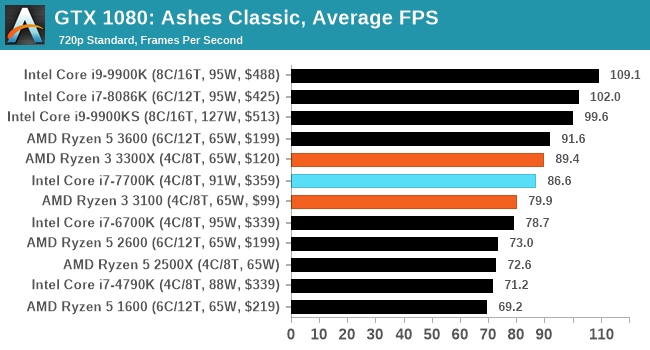 |
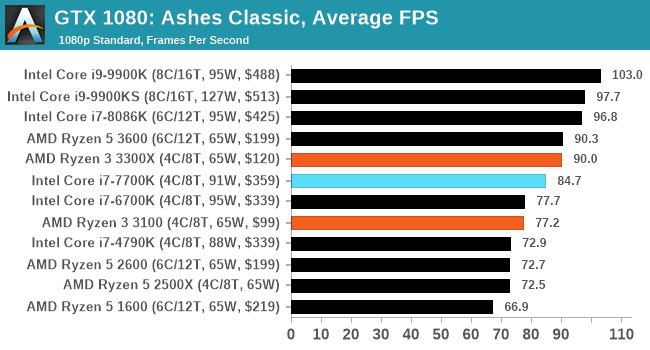 |
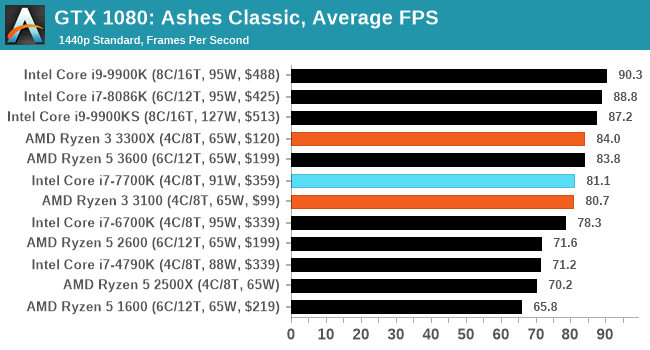 |
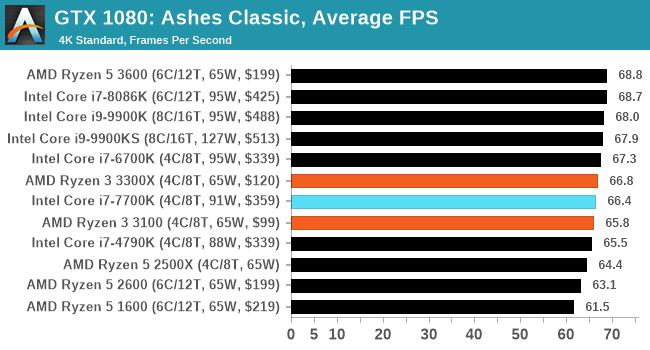 |
| 95th Percentile |  |
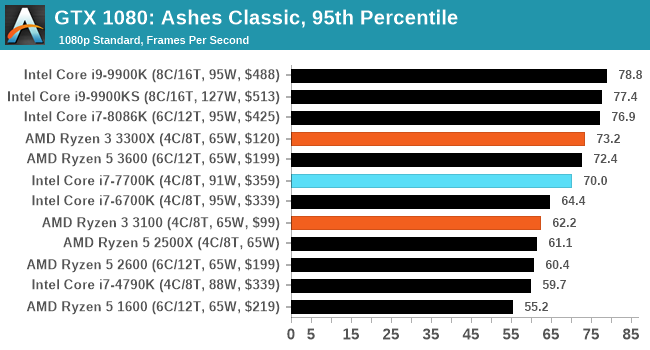 |
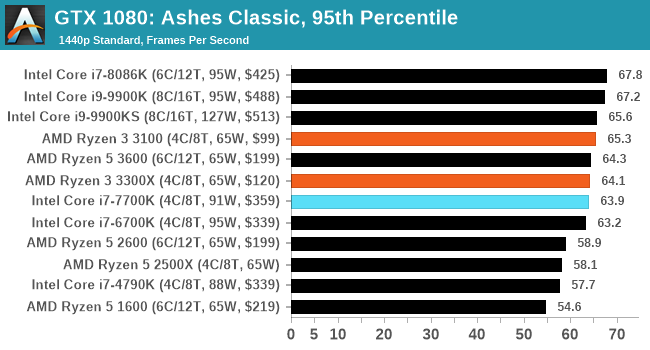 |
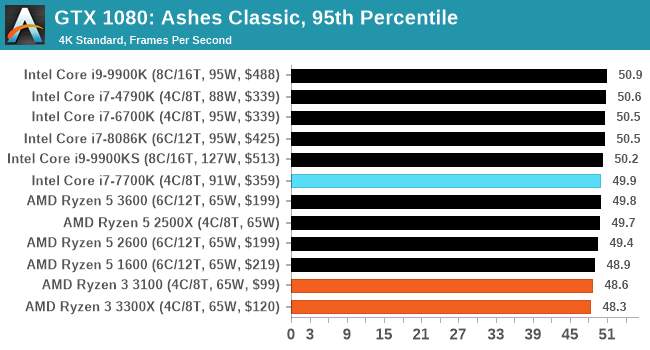 |


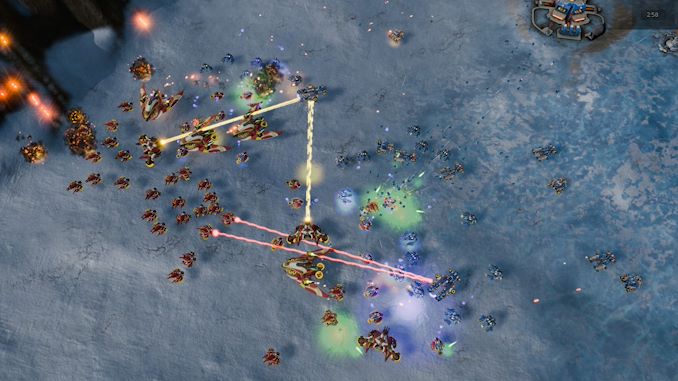









249 Comments
View All Comments
PeterCollier - Saturday, May 9, 2020 - link
I'm curious what happened to HSA.PeterCollier - Friday, May 8, 2020 - link
It beats a 3 year old processor, congratulations. Let me cut the cake.Korguz - Friday, May 8, 2020 - link
looks like some one didnt read the articleDeicidium369 - Friday, May 8, 2020 - link
Try adding something to the conversation rather than sniping and stalkingKorguz - Friday, May 8, 2020 - link
you 1st there Deicidium369Spunjji - Monday, May 11, 2020 - link
Hmmm.. looks like most of your posts in this thread are responding to Korguz, they're primarily focused on being critical of him, and they add nothing to the discussion.If you were projecting any harder you'd burn a hole through the screen.
phinnvr6@gmail.com - Thursday, May 7, 2020 - link
Not sure if you're just trolling but which part of this review is biased to you? It seems factual and well written to me.boozed - Thursday, May 7, 2020 - link
The problem with the internet is that it's difficult for people to tell when you're jokingThreska - Friday, May 8, 2020 - link
Netscape should have introduced the <joke></joke> tag.MDD1963 - Saturday, May 9, 2020 - link
Yes, I'm sure Intel was very quite pleased and eager to have both their famous 7700K and 8086K equaled or surpassed in most games by a $120 CPU....; they insisted and 'bribed' the powers that be that their former flagships be included! :)